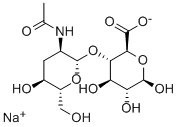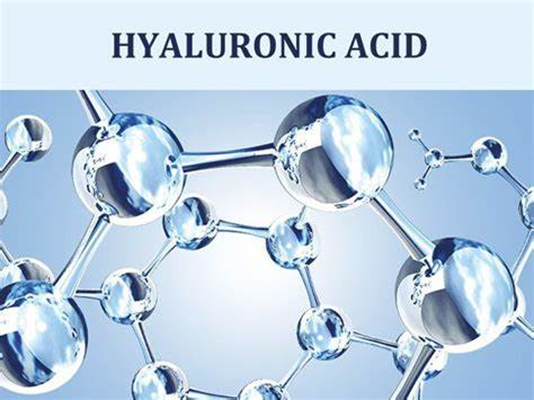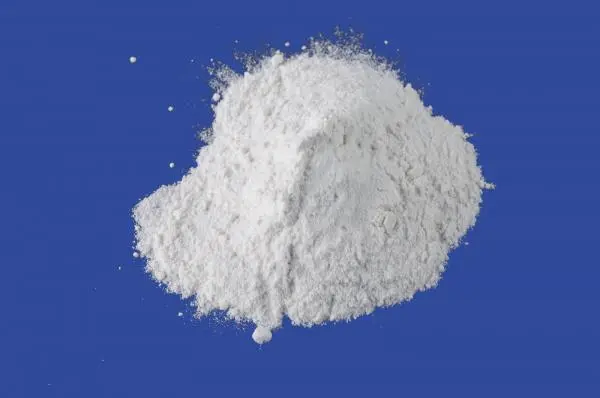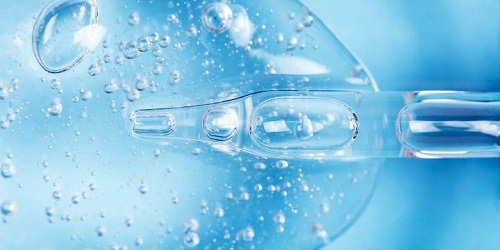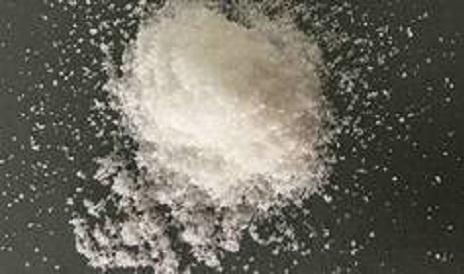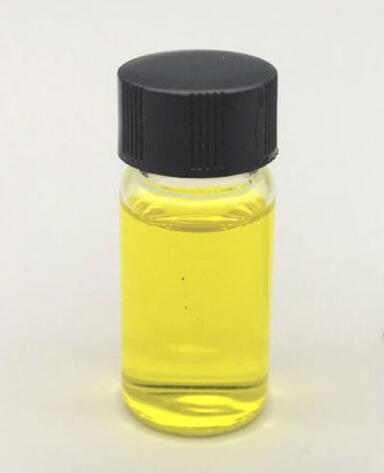Medical uses of Hyaluronic acid
Hyaluronic acid abbreviated HA; conjugate base hyaluronate), also called hyaluronan, is an anionic, nonsulfated glycosaminoglycan distributed widely throughout connective, epithelial, and neural tissues. It is unique among glycosaminoglycans as it is non-sulfated, forms in the plasma membrane instead of the Golgi apparatus, and can be very large: human synovial HA averages about 7 million Da per molecule, or about 20,000 disaccharide monomers,while other sources mention 3–4 million Da.
As one of the chief components of the extracellular matrix, it contributes significantly to cell proliferation and migration and also may be involved in the progression of some malignant tumors.The average 70 kg (150 lb) person has roughly 15 grams of hyaluronan in the body, one-third of which is turned over (i.e., degraded and synthesized) per day.Hyaluronic acid is also a component of the group A streptococcal extracellular capsule, and is believed to play a role in virulence.
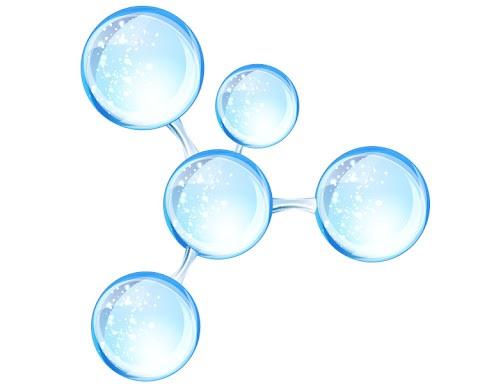
Medical uses
Hyaluronic acid has been FDA-approved to treat osteoarthritis of the knee via intra-articular injection.A 2012 review showed that the quality of studies supporting this use was mostly poor, with a general absence of significant benefits, and that intra-articular injection of HA could possibly cause adverse effects.A 2020 meta-analysis found that intra-articular injection of high molecular weight HA improved both pain and function in people with knee osteoarthritis.
Hyaluronic acid has been used in various formulations to create artificial tears to treat dry eye.
Hyaluronic acid is a common ingredient in skin care products. Hyaluronic acid is used as a dermal filler in cosmetic surgery.It is typically injected using either a classic sharp hypodermic needle or a micro-cannula. Some studies have suggested that the use of micro-cannulas can significantly reduce vessel embolisms during injections.Currently, hyaluronic acid is used frequently as a soft tissue filler due to its bio-compatibility and reversibility.Complications include the severing of nerves and microvessels, pain, and bruising. Some side effects can also appear by way of erythema, itching, and vascular occlusion; vascular occlusion is the most worrisome side effect due to the possibility of skin necrosis, or even blindness in a patient.In some cases, hyaluronic acid fillers can result in a granulomatous foreign body reaction.
Biological synthesis
Hyaluronic acid is synthesized by a class of integral membrane proteins called hyaluronan synthases, of which vertebrates have three types: HAS1, HAS2, and HAS3. These enzymes lengthen hyaluronan by repeatedly adding D-glucuronic acid and N-acetyl-D-glucosamine to the nascent polysaccharide as it is extruded via ABC-transporter through the cell membrane into the extracellular space.The term fasciacyte was coined to describe fibroblast-like cells that synthesize HA.
Hyaluronic acid synthesis has been shown to be inhibited by 4-methylumbelliferone (hymecromone), a 7-hydroxy-4-methylcoumarin derivative.This selective inhibition (without inhibiting other glycosaminoglycans) may prove useful in preventing metastasis of malignant tumor cells.There is feedback inhibition of hyaluronan synthesis by low-molecular-weight hyaluronan (<500 kDa) at high concentrations, but stimulation by high-molecular-weight hyaluronan (>500 kDa), when tested in cultured human synovial fibroblasts.
Bacillus subtilis recently has been genetically modified to culture a proprietary formula to yield hyaluronans,in a patented process producing human-grade product.
Related articles And Qustion
See also
Lastest Price from Hyaluronic acid manufacturers
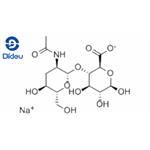
US $0.00-0.00/KG2025-11-25
- CAS:
- 9004-61-9
- Min. Order:
- 1KG
- Purity:
- 98
- Supply Ability:
- 10000KGS
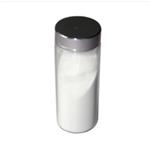
US $50.00-39.00/KG2025-11-03
- CAS:
- 9004-61-9
- Min. Order:
- 1KG
- Purity:
- 99%
- Supply Ability:
- 100tons
